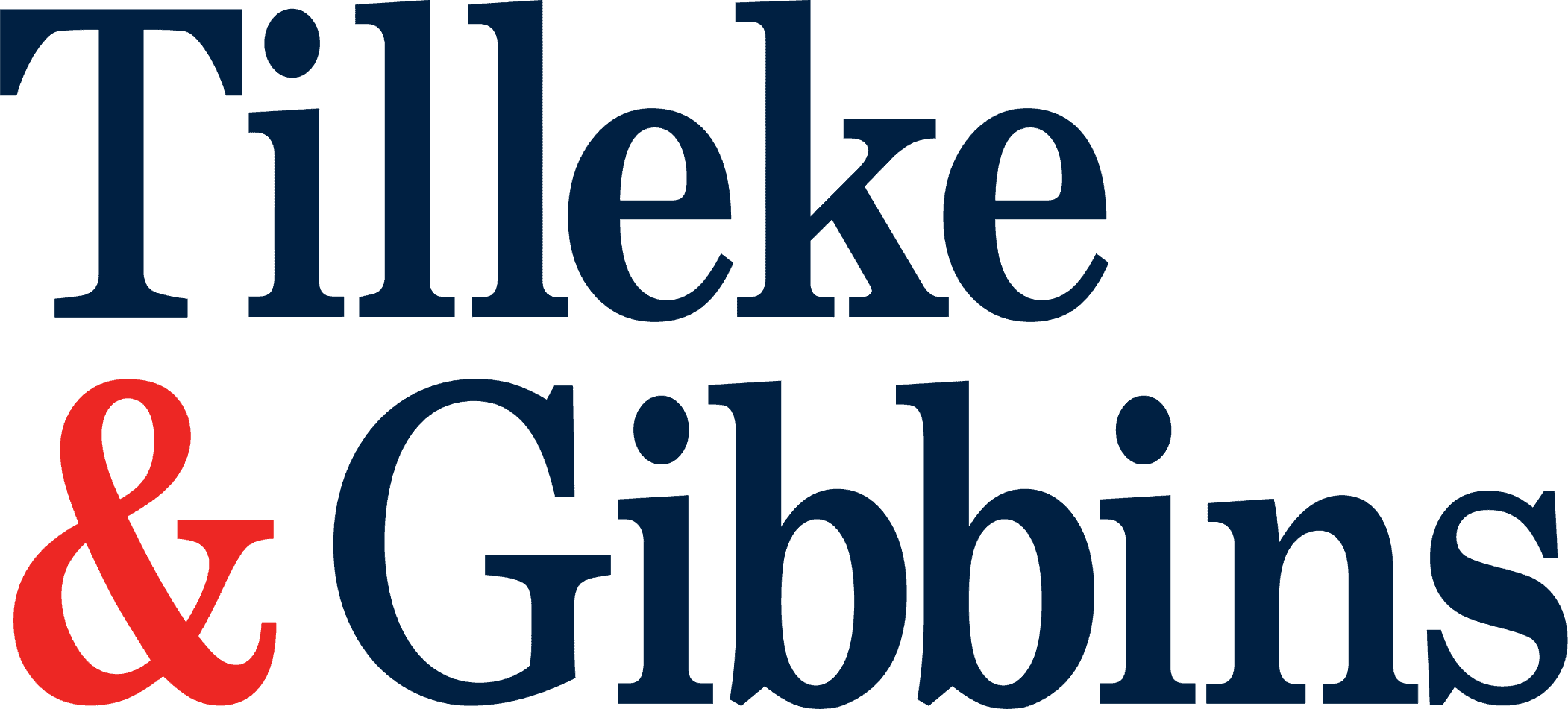
Myanmar, which is now more than halfway through the scheduled soft opening of its Intellectual Property Department (IPD) under the country’s New Trademark Law, is well on its way to the full realization of its plans for a modernized IP system operating on par with international standards. As the first of four IP-related laws passed in 2019, the ongoing implementation of the Trademark Law affects definitions of trademarks and types of trademark applications.
Section 2 of the law defines a “mark” as “either a visible sign or a combination of signs, including one’s own names, alphabet letters, numbers, graphical representations, or compositions of color and tints to distinguish the goods or services of an enterprise from those of another enterprise. Within this scope, trademark, service mark, collective mark and certification mark are also included.
The ‘series mark’ consists of a number of these marks, which resemble each other on the material particulars, but may differ in some aspect—for instance, a mark with different color variations. However, there is no specific definition of what makes up a series mark in the Trademark Law itself, and there has also not yet been any clear guidance on the issue.
The Trademark Rules, which set the guidelines for the trademark application and registration procedures, are still in the process of being finalized, are expected to include information on the possibility of filing series marks under the soft opening period. On December 29 2020, the IPD held a workshop to clarify various issues, and informed attendees that applications containing more than one trademark in a single application are prohibited under the new system. However, this seemed to contradict the Ministry of Commerce’s Order No. 63/2020, which had declared that the refiling of old marks under the soft opening period of the new Trademark Law had to be identical to the corresponding marks that were filed at the Office of the Registration of Deeds (ORD) under the old system. Some of these filings include series marks, or applications that contain multiple trademarks.
When this potential discrepancy was pointed out, the IPD responded by suggesting that this announcement did not prohibit to file the trademark under the new system during the soft opening, but the applicants can still reserve the right under this period by filing the relevant marks as single trademarks. That is, marks that were filed and registered at the ORD as series marks can be refiled as separate applications—one for each mark. Alternatively, holders of a previously filed series mark could choose to file only one mark out of the series during the soft-opening period, and then file the rest at a later date. Furthermore, the IPD emphasized that regardless of the actions taken, all applications filed during the soft-opening period will be accorded the same filing date, which will be that of the grand opening.
This uncertainty over series marks and the subsequent clarification is an example of the many issues that the IPD has worked to iron out during the soft-opening period. It should also be seen as a normal process in the monumental task of a country overhauling its IP system, and a sign that the authorities are following through on their aims by working to settle questions and smooth the way for a fully operational system of filing and registering trademarks.
This article first appeared in Managing Intellectual Property.
